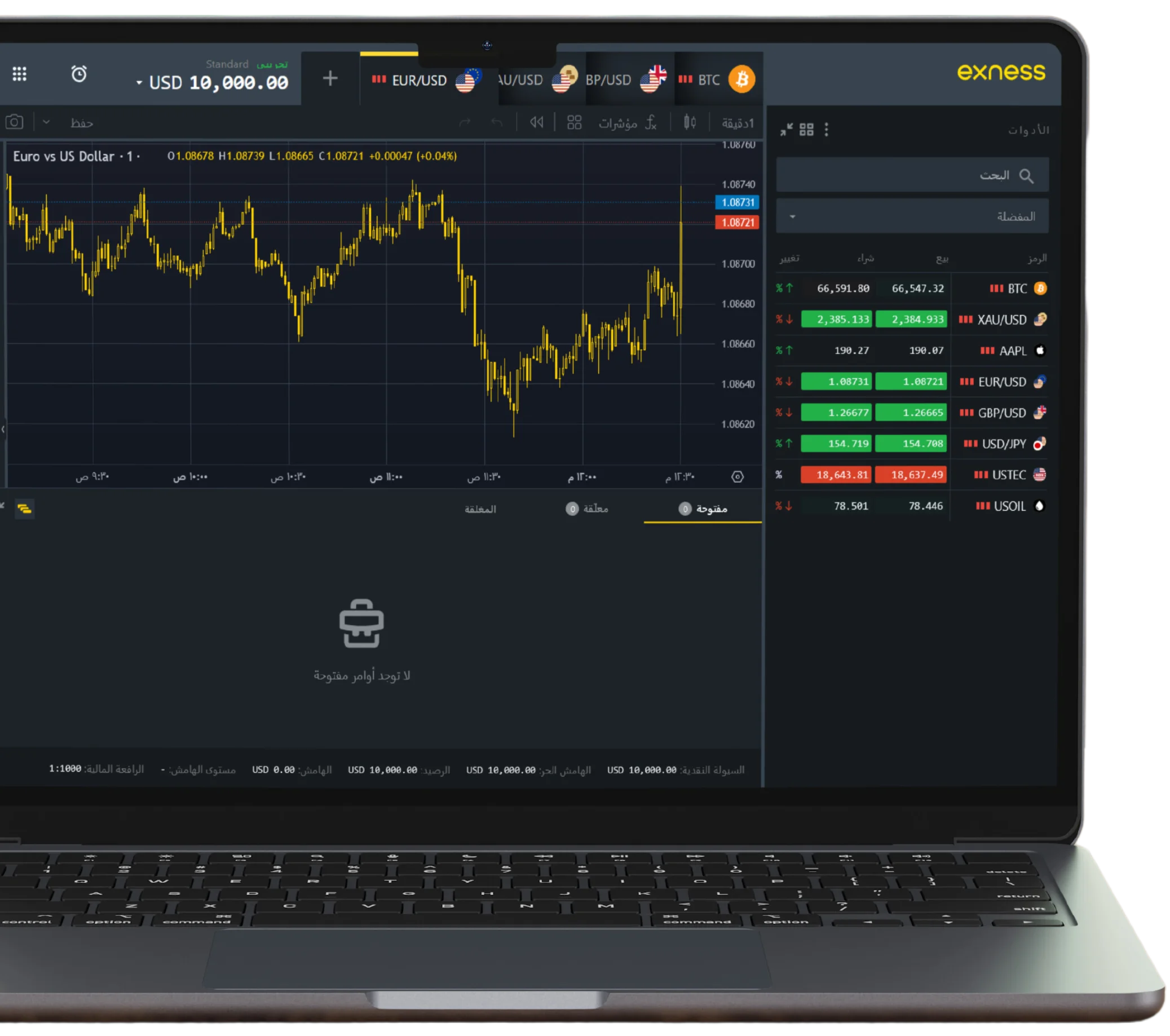Engaging in financial markets, particularly through leveraged instruments such as Contracts for Difference (CFDs), involves inherent risks. This document outlines these risks to help traders make informed decisions and effectively manage their risk exposure.
Comprehending Trading Risks
CFD trading involves various risks, especially when using leveraged financial instruments. Understanding these risks and their potential impact on your financial situation is crucial.
Risks Associated with Leverage
- Leverage: CFD trading allows traders to control large positions with a relatively small amount of initial capital. While leverage can amplify potential returns, it also significantly increases the risk of substantial losses, potentially exceeding the initial investment. Effective risk management strategies are essential to mitigate these risks.
Counterparty Risks
- OTC Transactions: CFDs are traded over-the-counter (OTC), meaning the broker acts as the counterparty. This arrangement exposes you to the risk of the broker’s credit failure. If the broker becomes insolvent or fails to meet financial obligations, positions may be liquidated unexpectedly, potentially leading to losses.
Market-Related Risks
- Volatility: Market conditions can change rapidly, affecting both profit potential and the risk of loss. Managing volatile conditions effectively is critical, as they can lead to significant financial impacts quickly.
- Currency Risk: Trading CFDs in a currency different from your account’s base currency introduces foreign exchange risk. Fluctuations in exchange rates can affect the actual profits or losses realized, regardless of the underlying asset’s performance.
- Liquidity Risk: This arises when underlying assets become difficult to trade or lack adequate market depth, leading to wider bid-ask spreads and potentially more costly transactions, which can result in losses.
Technical and Operational Risks
- Trading Platforms: The stability and functionality of the broker’s trading platforms are crucial. Technical disruptions or security breaches can impact order execution and trading effectiveness. Reliable technology and a stable internet connection are important for mitigating these risks.
- Communication Risks: Keeping communication channels with your broker up-to-date is essential. Outdated contact information or failed communication channels can lead to missed updates, impacting your trading decisions.
- Force Majeure Events: Extreme events such as natural disasters or geopolitical unrest can disrupt trading operations. Losses resulting from such events may not be the broker’s responsibility.
Pricing and Execution Risks
- Slippage: This occurs when the actual execution price of a trade differs from the expected price, often during high volatility or low liquidity periods. Slippage can reduce profits or increase losses unexpectedly.
- Abnormal Market Conditions: During unusual market conditions, executing or closing positions may become challenging or impossible. This can result in stop-loss orders not being executed at anticipated prices, amplifying losses beyond expectations.
Legal and Regulatory Risks
- Regulatory Compliance: CFD trading must adhere to legal and regulatory frameworks that vary by jurisdiction. Compliance with these regulations is mandatory.
Additional Considerations for Traders
- Margin Requirements: It is crucial to monitor your account to ensure sufficient funds for margin requirements. Failure to meet margin requirements can lead to forced position closures and significant losses.
- Ownership: CFD trading does not grant ownership of the underlying assets. CFDs derive their value from price movements of the assets, and traders do not acquire any material rights to them.
- Tax Considerations: Tax implications of CFD trading vary by region. Traders should seek independent tax advice to ensure proper compliance and planning.
- Security Concerns: The online nature of CFD trading exposes traders to enhanced security risks, including fraud and cyber threats. Implementing robust cybersecurity measures is essential to protect personal and financial information.
Conclusion
CFD trading offers the potential for significant financial gains but carries substantial risks. This disclosure highlights key risks, including leverage, counterparty, market, technical, pricing, execution, and regulatory risks. Prospective traders should carefully assess their financial situation, investment objectives, experience level, and risk tolerance before engaging in CFD trading. Consulting with financial, legal, and tax professionals is recommended to fully understand these risks. Adhering to responsible trading practices and staying informed about market conditions and regulatory updates are essential for navigating the complexities of CFD trading. Always invest only funds you can afford to lose.

